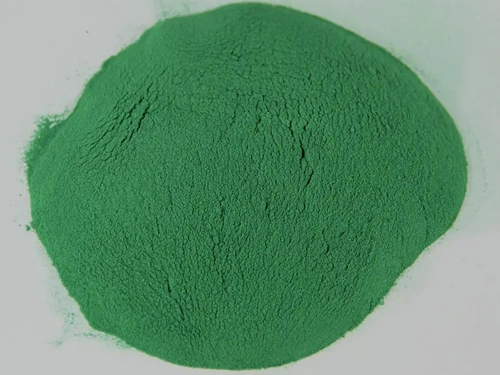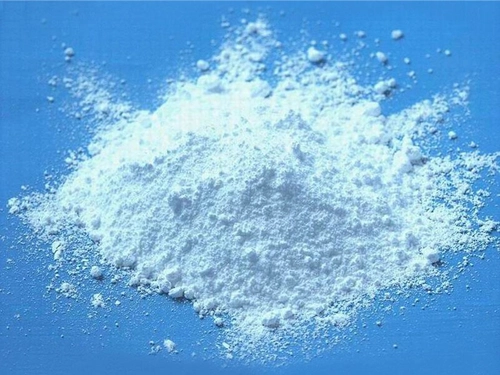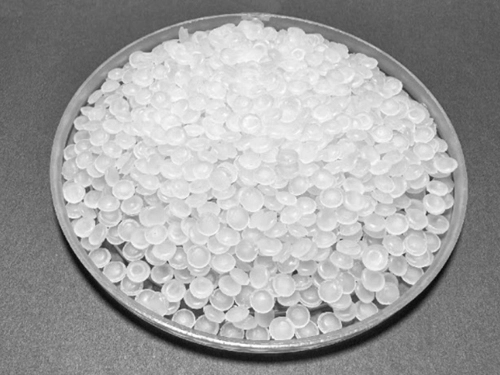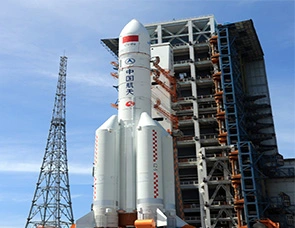In 1998, Swissair Flight 111 took off from John F. Kennedy International Airport in the United States to Geneva International Airport in Switzerland. About an hour after takeoff, the plane caught fire and fell into the Atlantic Ocean due to a short circuit of the wires, and then shattered.
In 2019, an Aeroflot passenger plane caught fire during an emergency landing at Moscow's Sheremetyevo International Airport due to an electrical failure.
Many air accidents are mostly caused by insulation failures in electrical systems.
Wires and cables are materials that connect power sources and electrical equipment, and play the role of "nerves" and "blood vessels" in the entire flight system. Especially space is a harsh environment for all electronic components. The cables used in the aerospace environment have higher requirements than the general ground cables.
The National Aeronautics and Space Administration (NASA), the European Space Agency (ESA) and others have successively formulated specifications for aerospace-grade electronic components. "Requirements", which stipulates the prohibition and restriction control requirements of aerospace electrical and electromechanical (EEE) components in the stages of demand analysis, design and manufacture, selection, application verification and quality assurance, and requires that cables and wires with a rated operating temperature of less than 75 degrees are prohibited use.
New insulating materials represented by fluorine-containing materials have been widely used in the aerospace field due to their high temperature resistance and environmental resistance, including aircraft, satellites, rockets and other aircraft.
Among them, FEP wire and cable are mainly used in transmission lines of electronic equipment used at high temperature and high frequency, connecting lines inside electronic computers, and aerospace wires.
FEP (polyfluoroethylene propylene), which is copolymerized from tetrafluoroethylene and hexafluoropropylene, has a working temperature range of -80°C to 205°C, even at the limit of -200°C and +260°C. It does not deteriorate and can be used for a short time.
"Series arcing" refers to the phenomenon of electrical breakdown expansion that exists between wires, which is manifested as an electrical failure in one line, and this failure expands to other lines. The "arc resistance" of insulating materials has become one of the necessary criteria for the acceptance of aerospace cables.
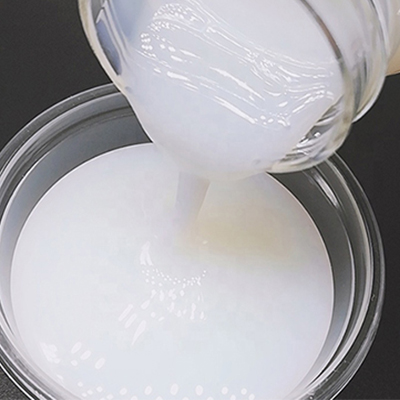
The arc-resistant ability of insulating materials can usually be measured by the short-circuit time when arc current is generated between electrodes. The longer the arc-resistant time, the better the surface insulation performance. Generally, the arc-resistant time of plastic insulating materials ranges from tens of seconds to one or two hundred Seconds, the arc resistance of FEP>165 seconds.
In 2014, Molex, a provider of electronic connection systems, launched FEP flat ribbon cables, which are suitable for applications in harsh environments such as airborne avionics and industrial equipment, and can resist chemical erosion, high temperature resistance, and abrasion resistance.
In April 2019, L-com, a subsidiary of Infinite Electronics, an American electronic component supplier, launched a series of new Category 7 cables for factory automation, outdoor industrial Ethernet, and machine vision applications.
L-com also released high-temperature Ethernet cables designed for aerospace and harsh high-temperature environments. These new cable assemblies use FEP jackets for aerospace applications such as cabins, flight systems, and avionics.
In order to meet the needs of the aerospace industry with constantly upgrading technology, the quality requirements of the cable materials used are constantly improving, and the application proportion of fluorine materials with excellent performance is also increasing.




